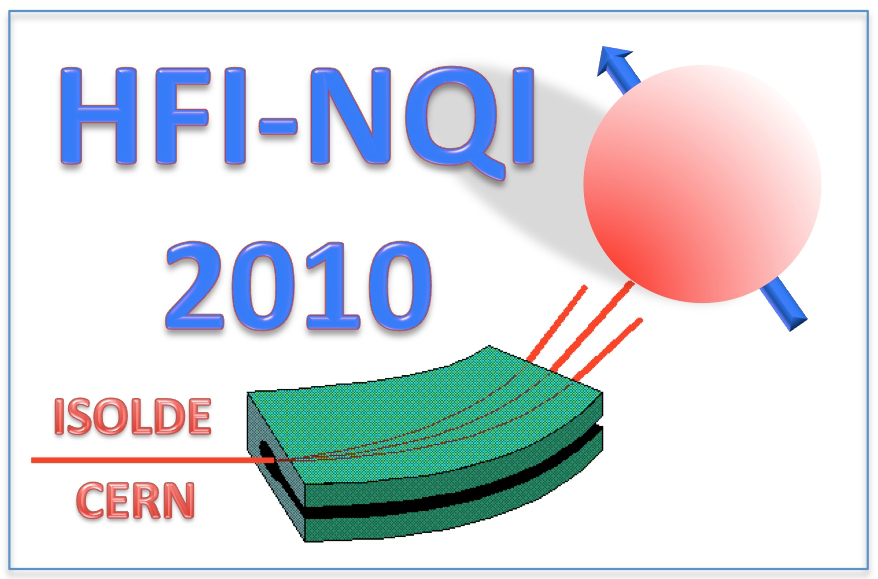Speaker
Prof.
Boštjan Zalar
(J. Stefan Institute)
Description
Substitution of K ions with Li ions in the KTaO3 lattice is a textbook example of how to induce structural disorder, leading to a glass-like behavior [1]. Li impurities act like randomly interacting electric dipoles, with six discrete instantaneous orientations pointing along the cubic axes. For low Li concentrations x, dipolar glass state is established at low temperatures. At high temperatures, no behavior reminiscent of Li-Li pair interplay has been observed, apart from a two-timescale Li dynamics [2,3]. The absence of satellite transition features in the quadrupole-perturbed 7Li (I = 3/2) NMR spectra [2, 3] is somewhat surprising, since the statistical probability of Li-Li pairs is far from being negligible for Li-concentrations at which dipolar state is formed at low temperatures (x ≤ 0.04).
| Please specify whether you would prefer an oral or poster contribution. | Invited |
|---|
Author
Prof.
Boštjan Zalar
(J. Stefan Institute)
Co-authors
Dr
Andrija Lebar
(J. Stefan Institute, Ljubljana, Slovenia)
Prof.
David C. Ailion
(Department of Physics, University of Utah, Salt Lake City, USA)
Dr
I. V. Kondakova
(Institute for Problems of Materials Sciences, Kiev, Ukraine)
Dr
R. O. Kuzian
(Institute for Problems of Materials Sciences, Kiev, Ukraine)
Prof.
Valentin V. Laguta
(Institute of Physics, AS CR, Prague, Czech Republic)
